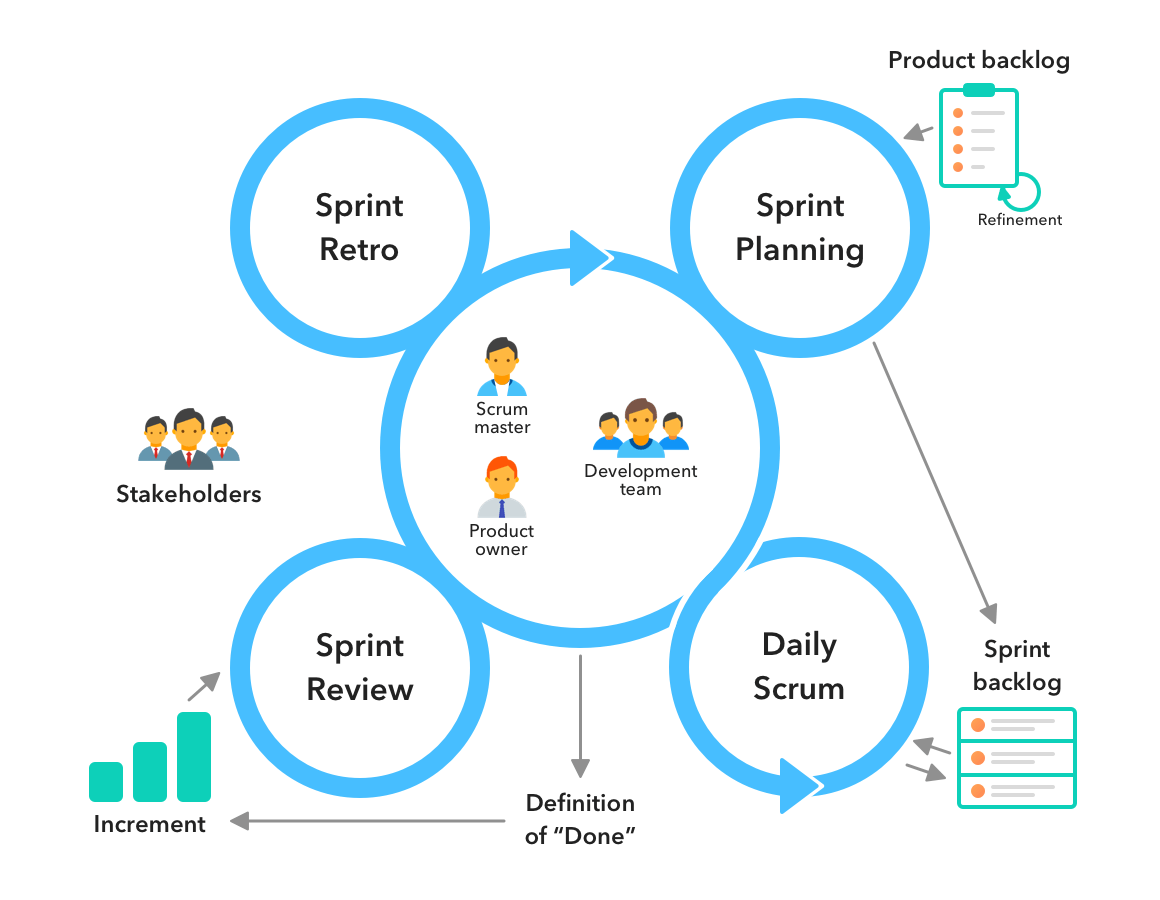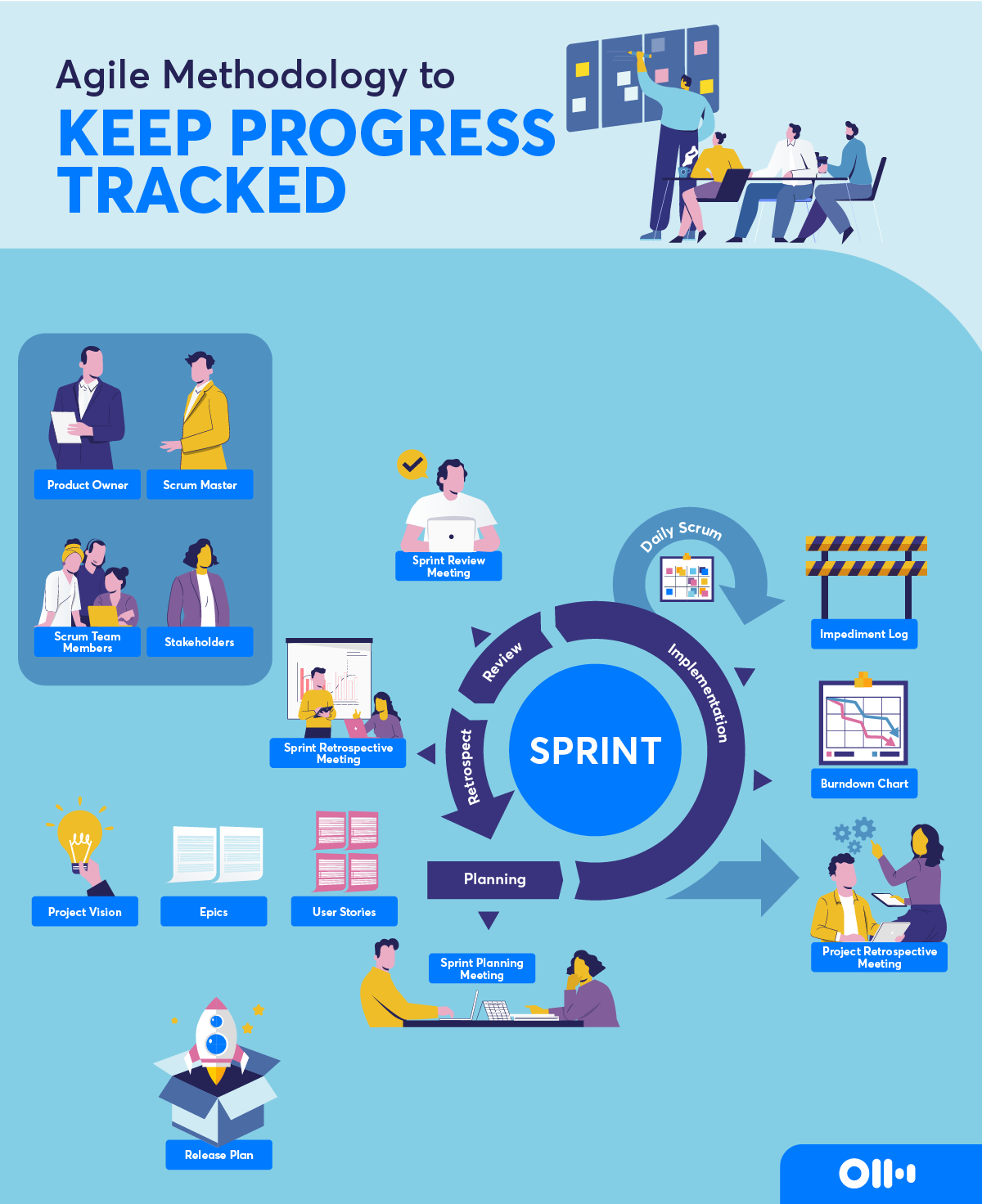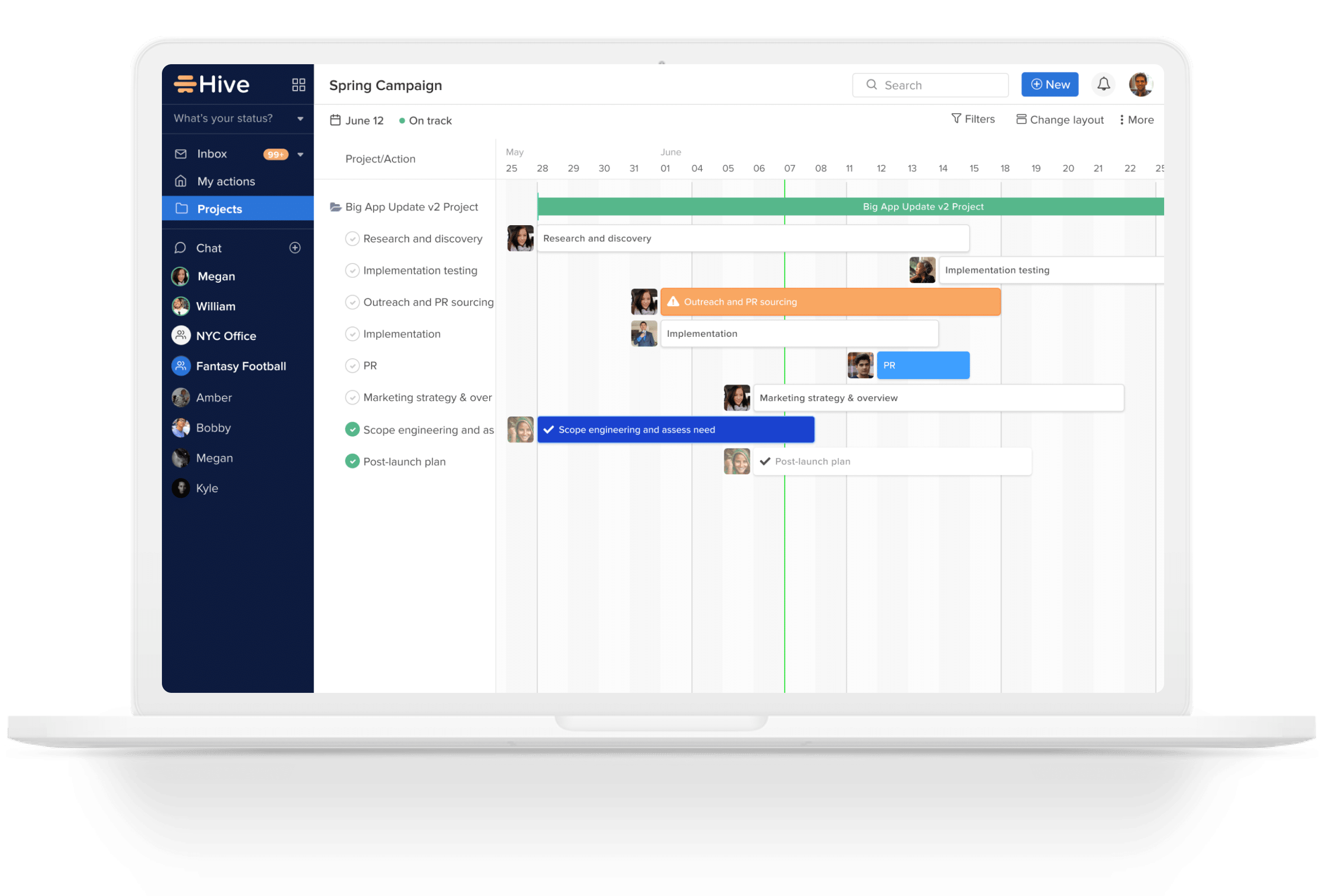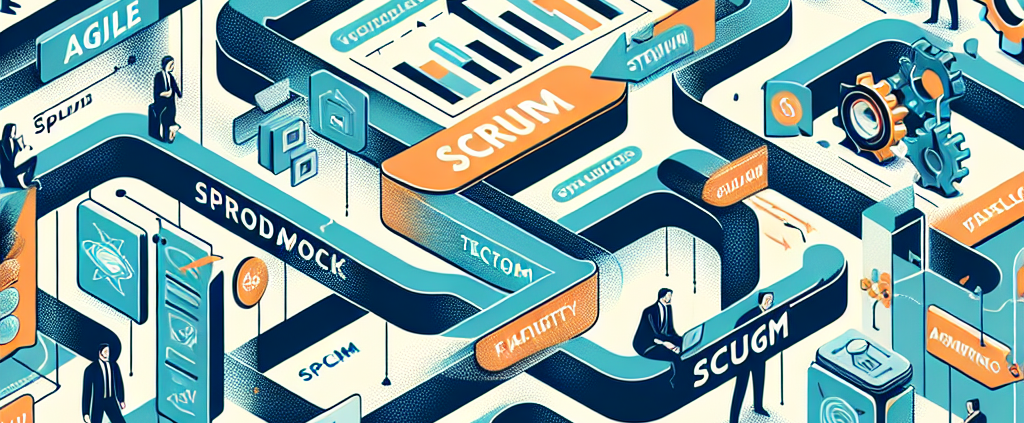Agile and Scrum Methodologies: The Blueprint for Future Tech Success
Agile and Scrum: Navigating the Future with Flexibility and Efficiency
As the founder of DBGM Consulting, Inc., a firm immersed in the realms of technology and innovation, it is imperative for our operations and strategic directions to embody the principles of agility and efficiency. In the dynamic landscape of technology, methodologies like Agile and Scrum have not just become buzzwords but essential frameworks that underpin our project management and execution strategies.
The Essence of Agile and Scrum
Agile is a project management philosophy that emphasizes flexibility, customer satisfaction, and continuous improvement through a collaborative effort to manage tasks. Scrum, a subset of Agile, provides a small set of rules that create a framework for delivering projects in short cycles known as sprints, allowing for rapid feedback and adjustment.
From deploying machine learning models to streamlining cloud solutions, the incorporation of Agile and Scrum methodologies has empowered my team at DBGM Consulting, Inc., to not just meet but exceed client expectations, propel innovation, and navigate the complexities of digital transformation effectively.
< >
>
Why Agile and Scrum?
Given my background in Information Systems and Artificial Intelligence, I’ve witnessed firsthand the transformative impact of these methodologies on project management and execution. Here are several reasons why Agile and Scrum are indispensable:
- Adaptability: They provide the flexibility required to adapt to changes swiftly, a necessity in the fast-evolving tech landscape.
- Customer-Centric Approach: Focuses heavily on meeting user requirements, which improves satisfaction and the product’s market relevance.
- Transparency: Regular updates and sprint reviews offer all stakeholders a clear vision of the project progress and potential roadblocks.
- Efficiency and Productivity: By breaking down large projects into manageable sprints, teams can focus better and improve their productivity.
In my former role at Microsoft as a Senior Solutions Architect, leveraging Agile and Scrum facilitated seamless cloud migrations and modernizations. The iterative approach allowed for better risk management and resource optimization, principles that I’ve carried into my own consulting practice.
Agile and Scrum in Practice
At DBGM Consulting, Inc., integrating Agile and Scrum into our workflow has been transformative. For instance, when developing chatbots or automating business processes, we organize work into sprints, fostering a culture of continuous feedback and improvement. This not only enhances team collaboration but also accelerates the delivery of high-quality solutions to our clients.
We have also adopted various digital tools to facilitate our Agile and Scrum practices, such as JIRA for tracking our projects and Confluence for documentation, ensuring that our strategies are executed efficiently and transparently.
< >
>
Looking Ahead
As technology continues to evolve, so too will the methodologies that drive its advancement. Agile and Scrum are not static; they are dynamic frameworks that mirror the ever-changing nature of the tech industry. In my view, these methodologies are not just project management strategies but a mindset geared towards embracing change, fostering innovation, and delivering excellence.
In a world where adaptability is key to survival and success, the principles of Agile and Scrum are more relevant than ever, not just for my firm but for any entity looking to thrive in the digital age. As we look towards the future, businesses and individuals alike must embrace these practices to navigate the complexities of technology with agility and precision.
< >
>
Conclusion
Exploring methodologies like Agile and Scrum has been an integral part of my journey in the tech industry, from academic research at Harvard University to leading innovative projects globally. These frameworks are crucial in cultivating an environment that thrives on change and innovation, aligning with my optimistic yet cautious views on AI, cloud solutions, and technology at large. Embracing these methodologies offers a roadmap to navigating the challenges and opportunities that the future holds.









Leave a Reply
Want to join the discussion?Feel free to contribute!